Thermocouples for Extreme Temperature Applications: Precision in the Most Demanding Environments
In industries where performance and precision define success, reliable temperature measurement isn’t just important — it’s mission-critical. From the fiery chambers of aircraft engines to the vacuum of outer space, thermocouples for extreme temperature applications stand as the unsung heroes of engineering accuracy.
Why Temperature Measurement Matters in Harsh Conditions
Every aerospace component, industrial reactor, or turbine blade operates within a carefully calculated thermal envelope. Exceeding those limits can mean performance degradation, safety risks, or even system failure. That’s where thermocouples — compact, rugged, and highly responsive — come into play.
These sensors are designed to measure extreme temperatures ranging from –200°C to beyond +1800°C, providing real-time data essential for process control, safety, and efficiency.
Thermocouples for extreme temperature applications are built to withstand shock, vibration, pressure, and rapid thermal fluctuations. Their working principle is elegantly simple yet scientifically robust — they generate a small voltage when two dissimilar metals experience a temperature difference.
Depending on the environment, different thermocouple types are deployed:
- Type K (Chromel-Alumel): Commonly used in gas turbines, furnaces, and exhaust systems.
- Type R/S (Platinum-Rhodium): Suited for aerospace and high-temperature research.
- Type N: Offers superior stability for prolonged operations in oxidizing atmospheres.

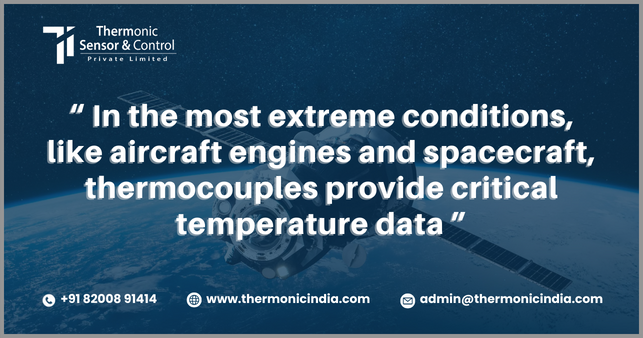
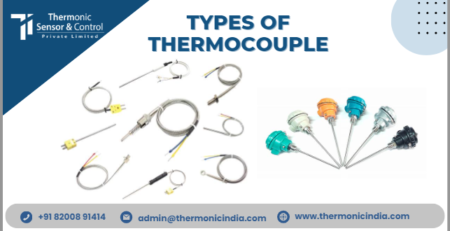
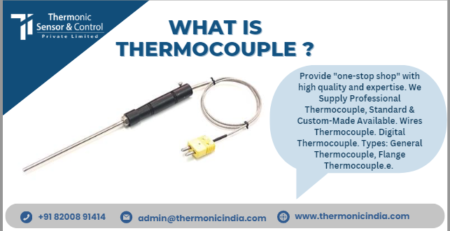
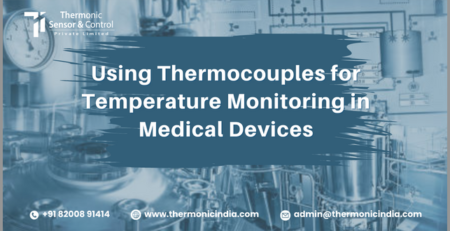
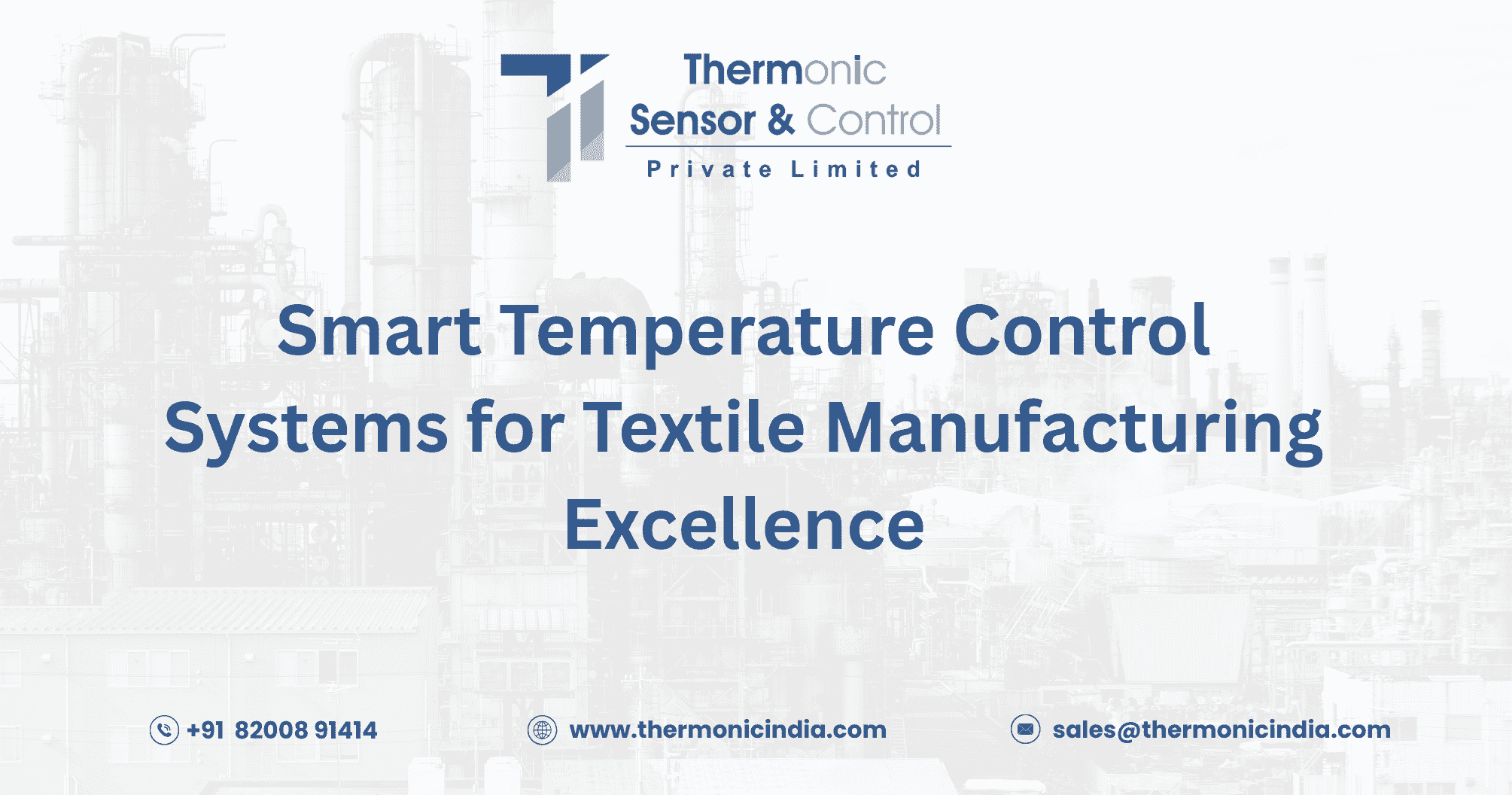
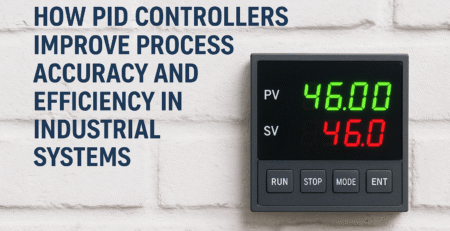
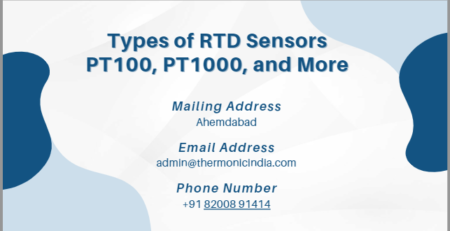
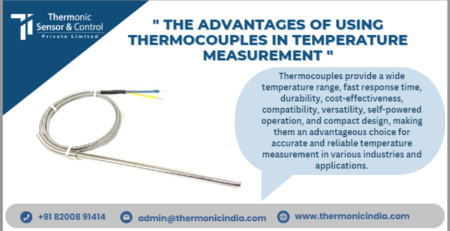

Leave a Reply